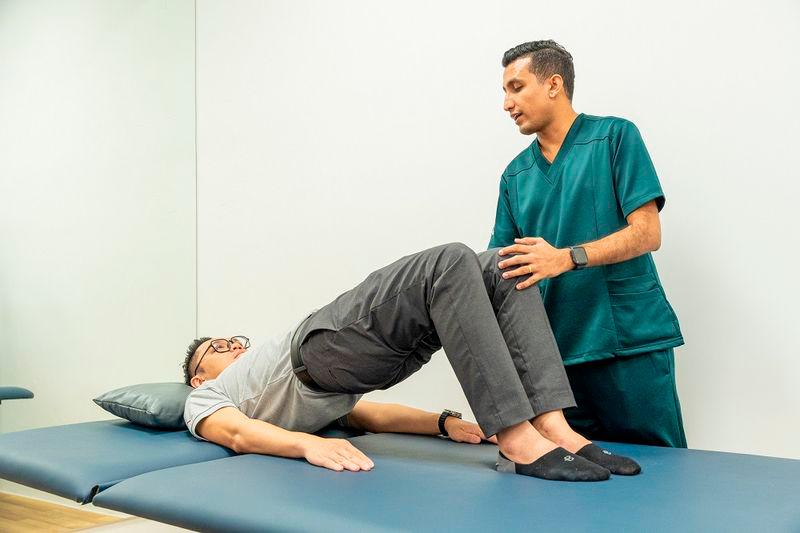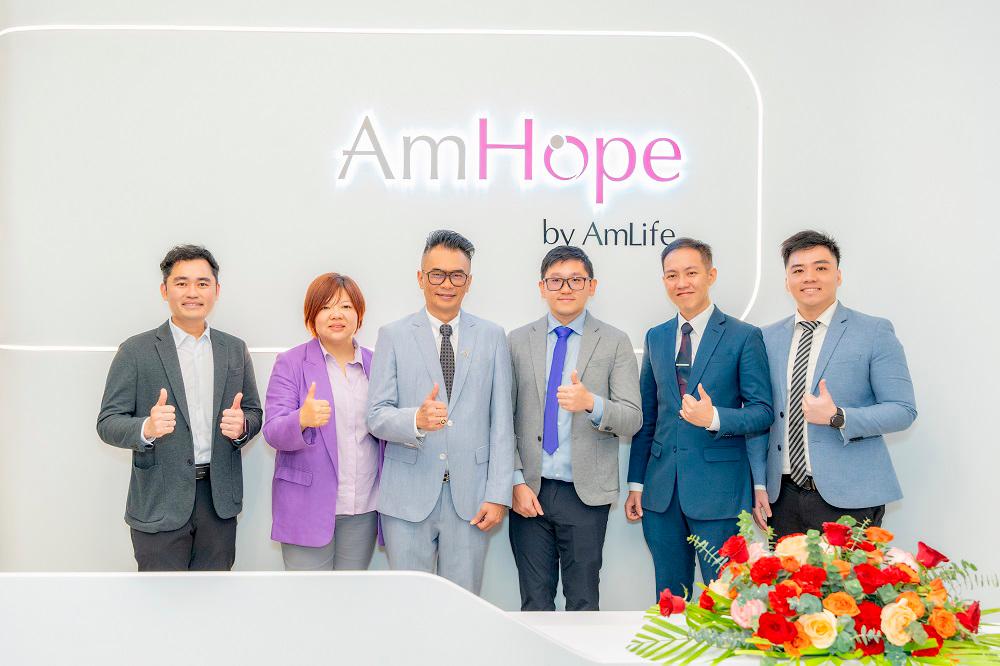SLEEP health specialist AmLife International is marking its 10th anniversary celebration with the debut of its rehabilitation and regenerative centre driven by corporate social responsibility (CSR) — designed to create a meaningful impact on the lives of Malaysia’s seniors affected by modern degenerative diseases, especially stroke.
AmLife founder and president Lew Mun Yee said the company has helped countless people regain their health over the past decade through its sleep health education and healthcare solutions.
“During this journey, we discovered that sleep disorders can affect cardiovascular health, thereby increasing the risk of stroke. Stroke is not just an individual problem; but one that cripples families physically and financially.
“To mark AmLife’s 10th anniversary, we are investing RM1.4 million to establish AmHope – a rehabilitation and regenerative centre designed to help seniors overcome the challenges of stroke and other physical health issues, enabling them to live a dignified and quality life. AmHope represents a significant advancement in stroke rehabilitation and a beacon of hope for those facing these challenges.”
The 90 days following a stroke are a critical period for brain recovery, and engaging in rehabilitation during this time significantly increases the chance of full recovery. Unfortunately, many stroke patients miss this crucial window due to financial constraints, resulting in lasting physical impairments.
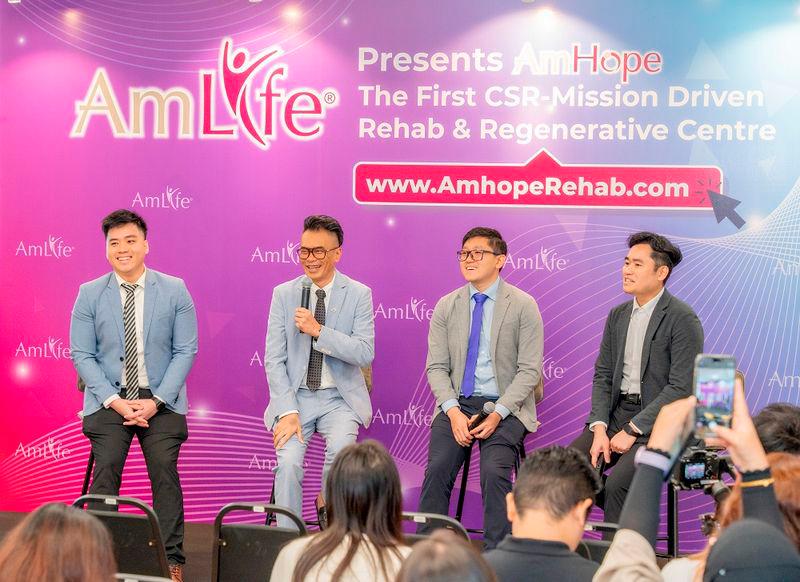
To address this issue, AmLife offers substantial financial aid to assist stroke patients facing such challenges. Patients who present a hospital medical report of their stroke can receive physiotherapy for only RM30 per session (normal market rate is RM150 per session). This 80% financial relief also applies to all equipment and high-function treatments at the centre.
The unique aspect of AmHope rehab centre is that it allows those who can afford to pay for treatment to access high-quality and cost-effective care, while their fees help finance treatments for those who cannot afford them — embodying a charity-inspired model of care.
It is a known fact that recovered stroke patients will likely encounter a second stroke within three to five years after their first recovery. AmHope offers pioneering technology in the form of High Potential Hydrogen Therapy to help lessen or prevent the chance of experiencing a second encounter with stroke.
In addition, the Hyperbaric Oxygen Therapy can accelerate healing process for various conditions, including chronic wounds, injuries (including brain). One can also benefit from AmLife’s signature Japanese patented technology – the Electric Potential Therapy that recharges the body’s regenerative and cardiovascular abilities while one is resting or sleeping — which is most suitable for immobile stroke patients.
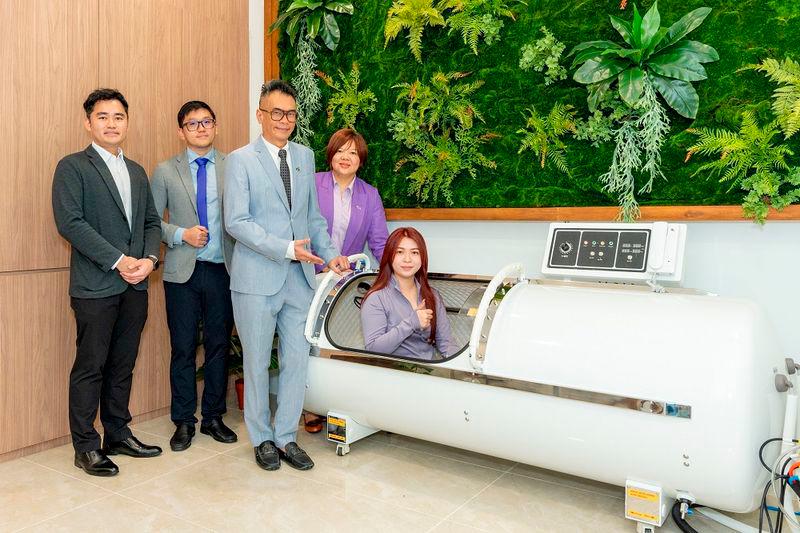
“As of now, we have a shuttle service solely for transporting customers. This service offers an alternative for those facing transportation issues, with a fee of RM1 per km. In the near future, AmHope will roll out a mobile truck that houses various rehab equipment to serve the local communities,“ said Lew.
According to Associate Professor Dr Khoo Ching Soong of Universiti Kebangsaan Malaysia’s Faculty of Medicine, recovering from a stroke is different for every one. However, the first 90 days are essentially a critical time window. During the first few months after a stroke, patients need intensive rehabilitation to help recover or improve their motor, speech and cognitive functions, lifestyle changes and mental health support for the best chances of their stroke recovery.
“We have many methods to facilitate their stroke recovery. In addition to rehabilitation therapy and exercise, there are alternative ways to help stroke patients to recover their functional independence such as repetitive transcranial magnetic stimulation, which is a non-invasive medical procedure, holds the potential to benefit a range of motor and cognitive outcomes after a stroke,” said Khoo.
As adverse as it seems, stroke does not have to be the beginning of the end. According to the American Stroke Association, 10% of stroke survivors recover almost completely and 25% recover with only minor impairments. Many continue to improve over time, and with intensive, targeted rehabilitation, functional recovery can be possible even years after the event. The proportional recovery rule suggests that, on average, patients can regain around 70% (+/-15%) of lost function within three to six months after a stroke.
Keeping active is key too. A decade-long study involving over 16,000 healthy men revealed a striking finding: those with higher levels of cardiorespiratory fitness had a 68% lower risk of stroke and stroke-related death compared to those with the lowest fitness levels.
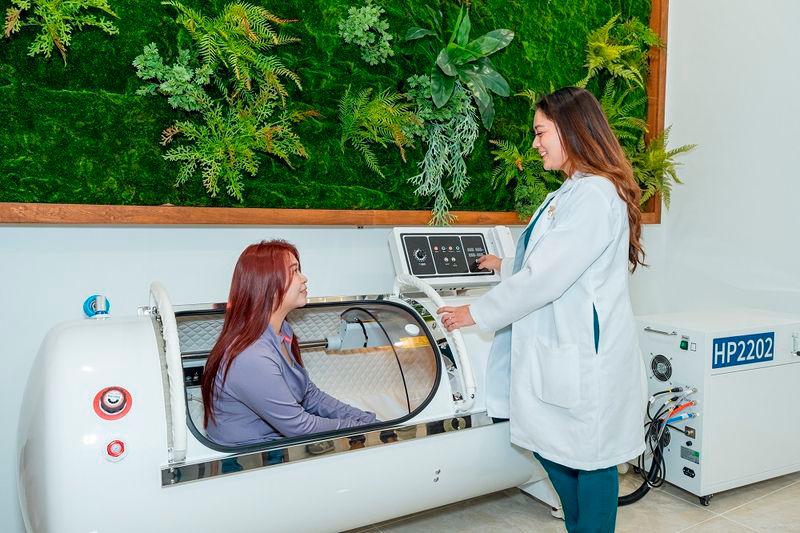
AmHope director of senior care Dr Choo Hao Jian advised that when it comes to preventing non-communicable diseases, especially stroke, few interventions are as effective and universally beneficial, such as keeping active and having regular exercise.
“Keeping mobile and active to avoid being sedentary and prevent many cardiovascular and muscle loss issues helps in avoiding a stroke. Even for those recovering from a stroke or dealing with old injuries, physiotherapy and rehabilitation are essential, helping them regain mobility and return to an active lifestyle,” said Choo, who is a regenerative medicine and geriatric wellness specialist.
The United Nations has projected Malaysia to become an aged nation by 2030, with 15% of the population comprising the elderly. As societal aging intensifies, healthcare costs rise, further increasing the burden on society. Therefore, the health status of seniors requires urgent attention. Seniors face various age-related issues such as muscle loss (Sarcopenia), cardiovascular setbacks as well as stroke. Globally, 15 million people suffer from stroke each year.
In Malaysia, degenerative diseases are on the rise, with stroke ranking as the third most common cause of death with an estimated 50,000 new stroke cases annually. Research indicates that up to 80% of strokes are preventable through lifestyle changes, including quality sleep and proper healthcare interventions.
The National Health and Morbidity Survey 2019 highlighted that individuals with insomnia have a 30% higher chance of developing cardiovascular issues, including stroke. Quality sleep is key to repair and regenerate the body, which would cushion cardiovascular and degenerative diseases.
